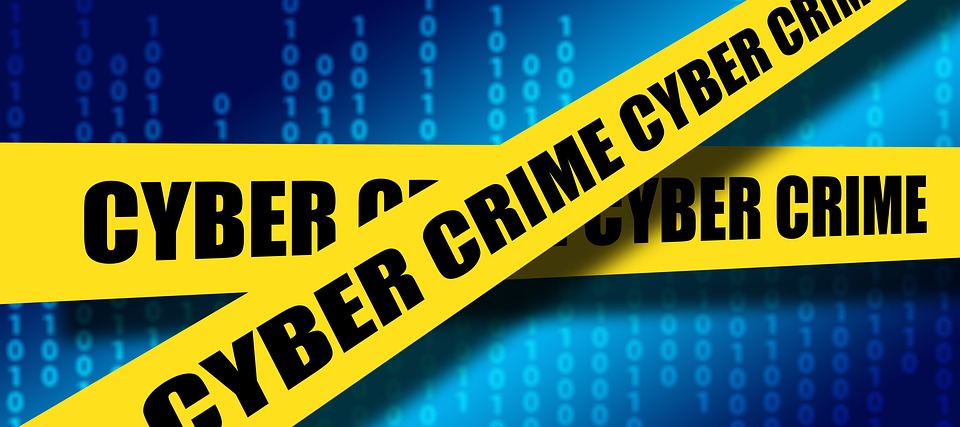On the internet, there is a lot of different advice on how to protect your Mac from malware attacks. All this information can sometimes be confusing. There are hundreds of different online threats and most of them will play on your psychology using email attachments to call for your action. To protect your Mac, here are a few tips you can use.
1. Update your Mac
You need to remember to update your Mac apps with critical and important security updates so that it stays secure and efficient. It is also crucial that you keep your operating system patches up to date. You need to keep track of the updates that are distributed online. Managed services platforms make sure that updates are automatically applied regularly, so you do not have to keep worrying about the updates.
2. Use a good security program
Macs’ good reputation for thwarting cyber threats precedes them, but this does not mean you should not take extra measures. Installing a good security program is one such measure. These programs are designed to trap all the malware that might get past the Mac security defenses and firewalls.

3. Download a VPN
A Virtual Private Network (VPN) is one way of protecting yourself while using the internet. It creates a secure tunnel between your Mac and the internet. Downloading a VPN on your Mac hides your IP address, your location and encrypts your data, and you can browse anonymously with no fear of your data being intercepted by hackers. When connecting to public networks such as airports, schools, or coffee shops, a VPN ensures nobody can spy on your incoming or outgoing data.
4. Declutter your Mac
Every Mac user has programs that they do not use regularly enough to be considered useful. These programs are unnecessary and take up space on your computer, slowing it down. When the system slows down, it becomes almost impossible to recognize when something is wrong, such as a malware infection. The more programs you have, the easier you make it for malicious code to enter your Mac and hide inside a program, making it hard to detect it.
5. Be informed
Knowledge is power may sound cliché, but it stands the test of time. Whether you use your Mac for personal or business use, you should take time to educate yourself on the most common cyber threats that affect Macs. Familiarize yourself with dangers such as:
- Phishing and how attacks occur as well as how to keep safe from them
- Ransomware and how it latches onto your Mac operating system
- How to stay away from malware that attaches itself to your legit software
Whether you have one Mac or a system of Macs used by several people at your workplace, you need to learn how to protect your Macs.
6. Perform daily scans
Malware, spyware, and viruses continually evolve and can sometimes get past your protection system. A daily system scan using anti-spyware, anti-malware, and anti-virus software needs to be implemented daily to detect quarantine and remove any malware on your network before it causes any damage.
7. Be wary when using email
We all use email daily and you need to be extra careful and vigilant while using email. Hackers use emails in different ways and hide malware in attachments. Do not open any emails with attachments from strange emails and should be immediately deleted.
Conclusion
Most Mac users tend to assume that Macs cannot get hacked. The Mac operating system is generally more secure than other systems, but that does not mean Mac users should be careless about security. Too many unused programs make your Mac a haven for malware. This malware can hide inside an unused program and cause untold damage.
Invest in a good quality VPN, scan your Mac regularly, and educate yourself on the tricks hackers use to infiltrate Mac operating systems. Taking extra precautions ensures your data and your Mac stay efficient and secure.